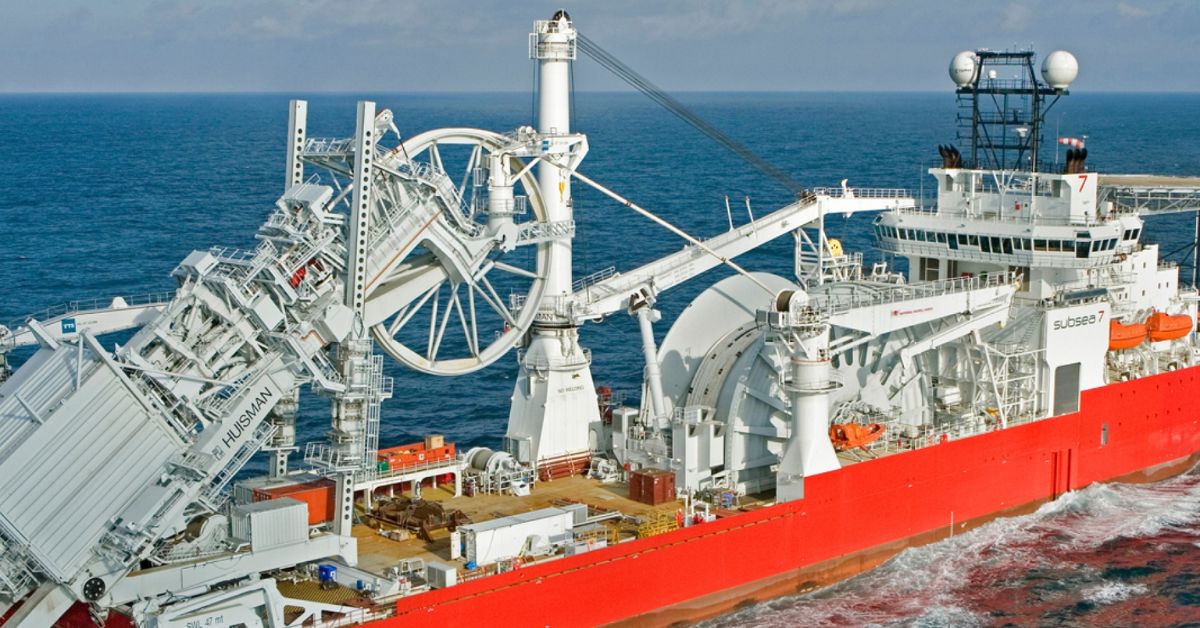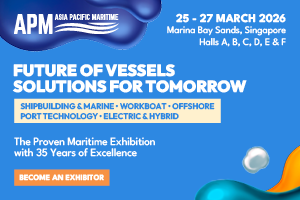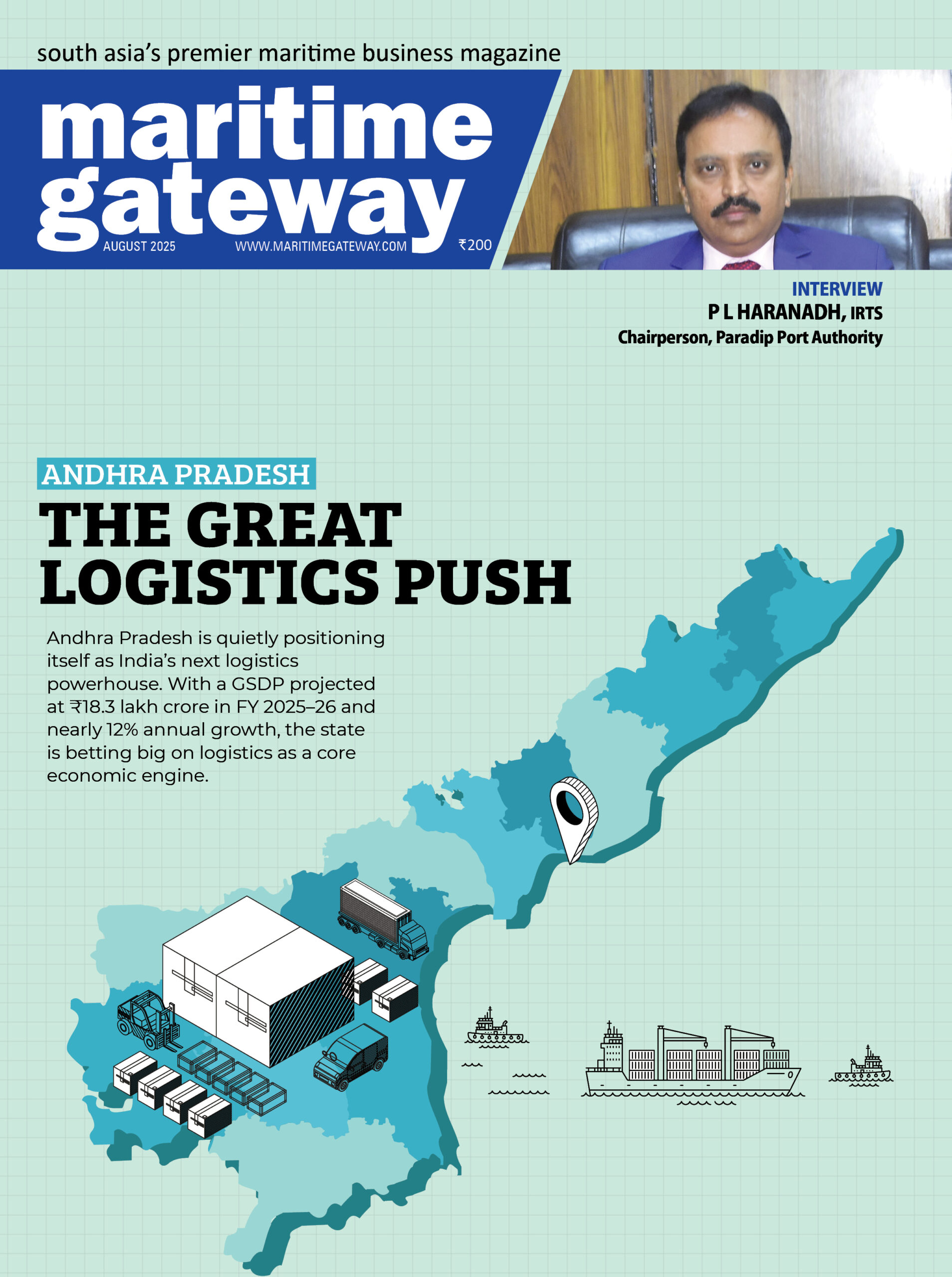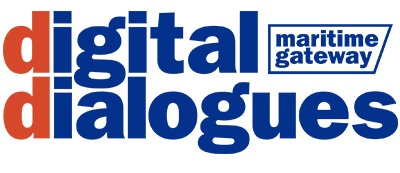No longer dictated by a one-size-fits-all solution like heavy fuel oil, today’s fuel decisions are pivotal to newbuilding strategies, retrofit investments, and engine development. At the heart of this multifaceted transformation is the recognition that the marine industry must adopt a flexible, multi-fuel future.
This evolution is reshaping not only vessel designs but also the very engines that power them. Engine manufacturers like MAN Energy Solutions are at the forefront, designing propulsion systems tailored to meet varying fuel capabilities— from LNG and methanol to ammonia. Understanding how fuel choices are made today requires a deep dive into technical feasibility, fuel availability, regulatory compliance, safety considerations, and long-term cost effectiveness.
The Complexity of fuel choices
According to Dr. Uwe Lauber, CEO of MAN Energy Solutions, the shipping industry is entering an era of complexity, where “a one-size-fits-all strategy” is no longer viable. Owners, operators, and shipbuilders must now weigh a matrix of factors to determine the best fuel fit for their fleet and operations.
Key influencing factors include:
• Fuel availability and supply infrastructure: Some fuels like LNG benefit from an established global supply chain. Others, like e-methanol and green ammonia, are still in the ramp-up phase.
• Safety considerations: Particularly crucial for ammonia due to its toxicity and handling risks.
• Emission targets and regulatory pressures: The IMO’s goal to reduce GHG emissions by 50 per cent by 2050 is accelerating move toward lower- and zero-carbon fuels.
• Economic feasibility: CAPEX and OPEX of dual-fuel engines, retrofit costs, and fuel prices over time.
• Vessel type and operational profile: Bulk carriers, containerships, cruise ships, and offshore vessels each have distinct fuel demands based on range, engine load, and port call frequency.
Methanol: The medium-term front runner
Methanol has emerged as a highly promising fuel option for the medium term. With over 180 methanol dual-fuel engine orders placed in just the last 18 months and more than 500,000 operating hours logged, the fuel is transitioning rapidly from concept to commercial reality.
Why methanol?
• Proven Technology: MAN’s methanol engine technology has matured quickly, with successful deployments on methanol carriers and, notably, the launch of the Laura Maersk, the world’s first large containership running on green methanol.
• Simpler Retrofit Pathway: Compared to ammonia or LNG, methanol is easier to retrofit into existing vessel designs.
• Lower Emissions Profile: Methanol significantly cuts SOx, NOx, and particulate matter. When derived from biomass or renewable electricity, it also offers a path to carbon neutrality.
• Safer Handling: While flammable, methanol is less toxic and easier to store than ammonia.
Methanol’s primary limitation today lies in the supply side. The demand for green methanol is outpacing current production capabilities, creating a gap that the industry must bridge through investments in fuel production capacity.
LNG: Mature but transitional
Despite a slowdown in new LNG dual-fuel orders, LNG still maintains a strategic role in decarbonisation. As Dr. Lauber notes, “we have the infrastructure available for LNG,” which offers an immediate 20% reduction in CO₂ emissions when switching from heavy fuel oil.
LNG engines have been widely adopted in the past decade, especially for large containerships and LNG carriers. However, concerns about methane slip—the unburned methane released during combustion—have somewhat tarnished its image as a “clean fuel.” MAN addresses this issue through high-pressure injection systems that can significantly reduce methane slip, albeit with increased capital expenditure.
The long-term viability of LNG will likely depend on the availability of bio-LNG or synthetic LNG to reduce lifecycle emissions. Until then, it serves as a crucial “bridge fuel” in the transition to zero-carbon options.
Ammonia: The long-term contender
Ammonia, long hailed as a zero-carbon fuel with great promise, is now making significant strides in engine development. However, its widespread use remains a few years away due to critical safety, regulatory, and technical challenges.
Progress in ammonia engine development
MAN Energy Solutions’ ammonia project reached a landmark milestone in early 2025 when its prototype ME-LGIA (liquid gas injection ammonia) engine successfully ran at 100% load. The company expects to deliver its first operational ammonia dual-fuel engine by Q1 2026, to be installed on a 93,000-cu m Very Large Ammonia Carrier (VLAC) being built by HD Hyundai for Eastern Pacific Shipping.
These achievements follow a year of successful single-cylinder ammonia testing that demonstrated favorable emissions and performance characteristics. With Mitsui OSK Lines onboard as a launch customer and WinGD racing to deliver its own ammonia dual-fuel engines by late 2025, the competition is heating up to establish ammonia as a mainstream marine fuel.
Why ammonia matters
• Zero carbon emissions when produced using green hydrogen and renewable energy.
• High energy density (by volume) compared to hydrogen.
• Existing industrial handling infrastructure due to its use in fertilizer and chemical sectors.
But challenges remain:
• Safety concerns due to its high toxicity and corrosiveness.
• Limited regulatory framework for onboard ammonia use.
• Complex retrofit demands: Retrofitting a ship to run on ammonia is “almost like building a new ship,” says Dr. Lauber.
He predicts large-scale adoption post-2028, when fuel supply, engine technology, and safety protocols are expected to mature in parallel.
Newbuild vs Retrofit vs Fuel-ready
The decision to install a dual-fuel engine now, opt for a “fuel-ready” design, or wait for a future retrofit depends on strategic vision, ship type, and budget.
• Newbuild Dual-Fuel: Best for shipowners ready to operate on alternative fuels from day one.
Allows optimal system integration but requires certainty on fuel availability.
• Fuel-Ready Design: Offers flexibility by completing 40%–50% of the system work during construction. Particularly effective for methanol-readiness, where future retrofitting can be streamlined.
• Retrofit: While interest is high, only 3,000 to 5,000 ships globally are viable candidates based on age, engine control systems, and vessel size. MAN expects to complete 50 retrofits annually, scaling up to 70– 80 as workforce capacity improves.
The turbocharger revolution: Enabling efficiency
To support these evolving fuel strategies, MAN’s PBST turbochargers are helping engines achieve peak efficiency across a wide range of fuel types. From single-stage high-pressure systems like the TCP series to smart, sensor-enabled turbochargers equipped with PrimeServ Assist, the technology is evolving fast.
These turbochargers are not merely accessories—they are enablers of low-emission, high-performance marine propulsion. Optimised for methanol and ammonia, they help compensate for challenges like lower calorific values and corrosive combustion byproducts.
Looking ahead
The pathway to marine decarbonisation is not linear. Instead, it is shaped by a patchwork of fuels, technologies, and timelines. While methanol leads today, LNG provides a robust transitional base, and ammonia promises a zero-carbon future.
Marine engine development must therefore remain agile, modular, and ready for adaptation. As Dr. Lauber aptly puts it, “The future will be complex,” but with strategic foresight and investment in fuel-flexible propulsion technologies, the shipping industry can navigate this complexity— and thrive within it.
Fuel choice is no longer just a technical decision—it is a strategic one. Whether shipowners invest in dual-fuel engines, opt for retrofits, or prepare for ammonia-readiness, success will depend on aligning today’s actions with tomorrow’s energy landscape.









